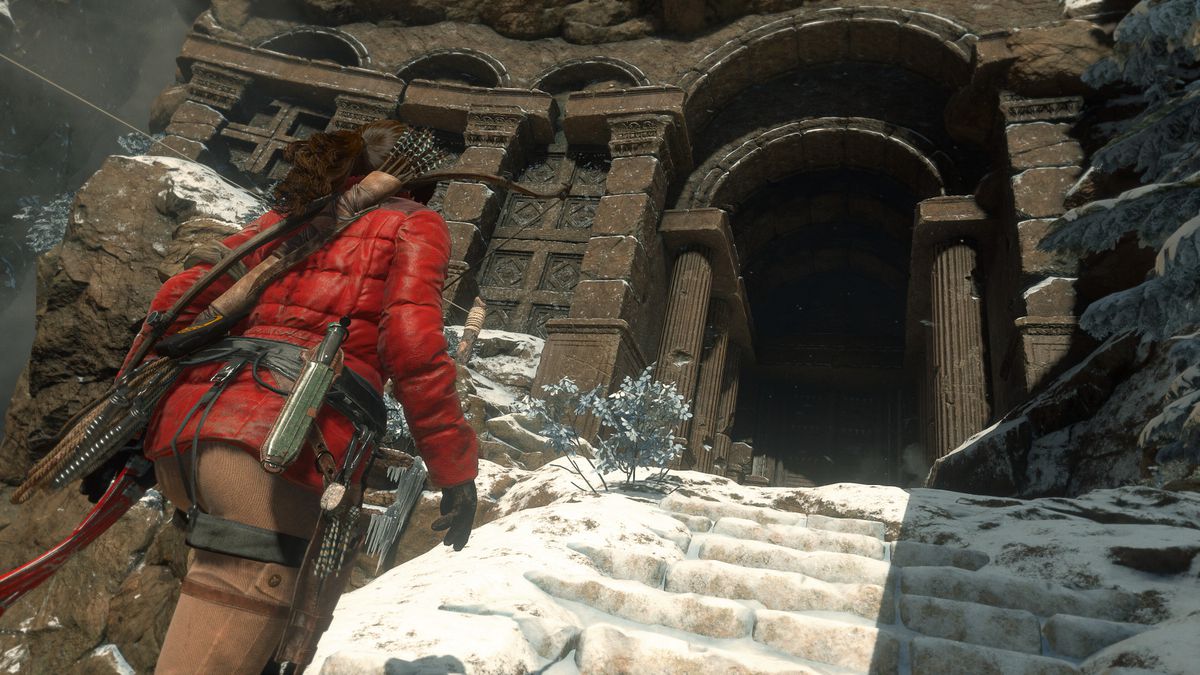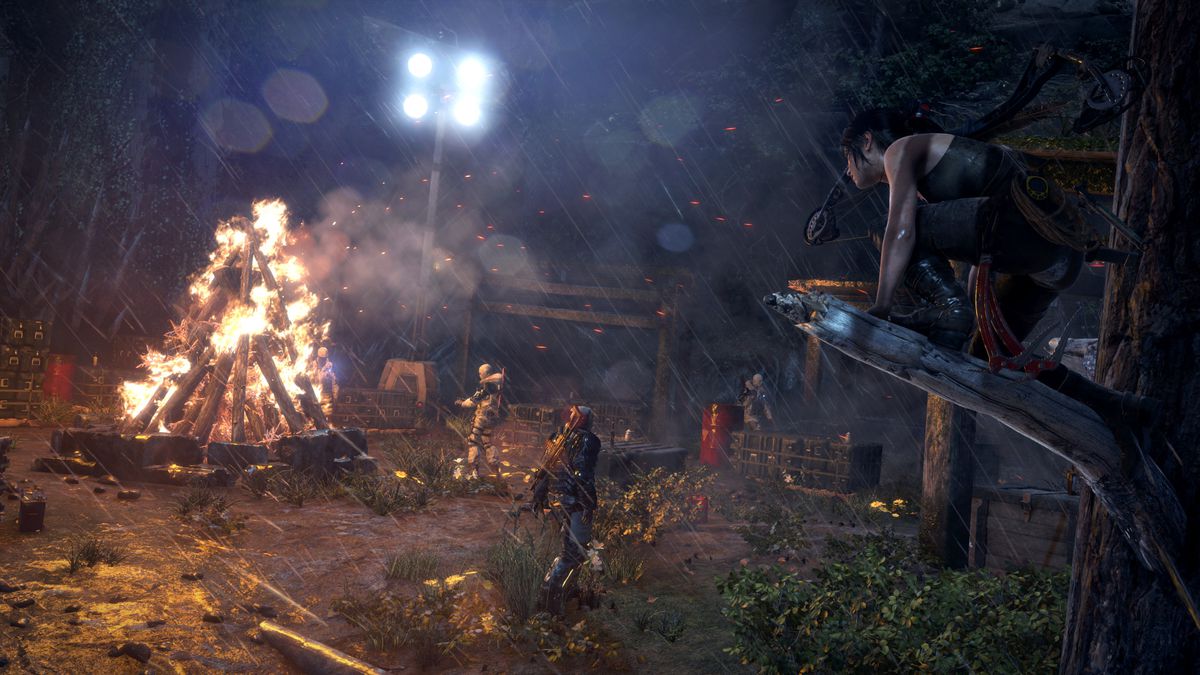Rise of the Tomb Raider is still Lara Croft's pinnacle
It's been more than ten years since Crystal Dynamics, the developer best known for the Tomb Raider series, first introduced players to the updated version of Lara Croft. 2013 Tomb Raider depicted Lara as someone able to adapt and overcome virtually any situation while maintaining a level of emotional depth and self-awareness, a quality that the game's sequels would further explore.
The original was an excellent game that I've completed three times, and while her most recent outing, 2018, Shadow of the Tomb Raiderhas its advantages, I still support the one from 2015 The Rise of the Tomb Raider as the most compelling and interesting version of Lara Croft because of the way it highlights her vulnerability. The result is a story that combines all the hallmarks of what you would expect from a great Tomb Raider game: exciting supernatural elements and an exciting and romantic idea of archaeology, all tied together with an intriguing and surprisingly emotional story.
Image: Crystal Dynamics/Square Enix
After the events of the first game, Lara is still traumatized by her ordeal on the island of Yamatai and the recent disappearance of her father. Her quest to find her father and restore her family's legacy leads her to the icy peaks of Siberia and into the path of Trinity, a “Templars meets military contractors” organization with a pseudo-religious goal of world domination. Unfortunately, this only puts Lara in the unique position of foiling their plot by saddling her with a truth that no one else will believe.
Lara fully understands the gravity of the situation, but never lets it inflate her ego. Instead, she is more concerned with the specter of death that inevitably follows her attempts to do the right thing. Lara can never fully atone for the way her past choices have led to the deaths of so many close to her, no matter how well-rested or strong she is. This theme is so ubiquitous that it even resonates To get up's gameplay by presenting us with a Lara who must be more resourceful and cunning to overcome her environment.

Image: Crystal Dynamics/Square Enix
The Rise of the Tomb Raider doesn't quite elevate Lara to the level of apex predator we're getting into Shadow of the Tomb Raider, but she's clearly much more capable than she was during her first adventure. The result is a character who is becoming the Lara Croft known to players everywhere, a more confident and prepared protagonist who can still be humiliated. This version of Lara shines when she's in the background, and The Rise of the Tomb Raider does everything he can to keep her off balance against a more capable enemy and a brutally hostile environment.
I admit that on the standard difficulty setting, The Rise of the Tomb Raider doesn't offer much of a challenge. That's why I consider Survivor mode, the hardest difficulty, to be the definitive Tomb Raider experience. While you won't succumb to starvation or dehydration, on this difficulty level player health does not regenerate, checkpoints are disabled, and enemies are much deadlier. As if that weren't enough, the game will also not highlight interactive items in the environment by default. While you can enable “Survival Instincts” at any time during gameplay, lowering the difficulty isn't an option, reinforcing the point that there's no turning back once the journey begins.

Image: Crystal Dynamics/Square Enix
This increased difficulty has the benefit of making the game more immersive and forcing you to carefully consider and prepare each encounter. Normally a handful of bad guys wouldn't be a problem, but when just a few bullets can knock Lara into the ground, things become a little more exciting. For an added challenge, I rely almost exclusively on stealth kills and Lara's trusty bow during combat, using firearms only when absolutely necessary.
The Rise of the Tomb Raider still retains some Metroidvania elements from its predecessor to guide you along its critical path, while making the world feel more open and encouraging the exploration of the different regions. This is further enhanced by a more robust crafting system, which forces you to scavenge and hunt for many of the materials you need to upgrade your gear. The tomb puzzles hidden around the world are not as challenging as those in Shadow of the Tomb Raiderbut still do an excellent job of shaking things up between mop-up and combat encounters.
2013 Tomb Raider did a fantastic job of establishing Lara as a character, and Shadow of the Tomb Raider provides a fitting conclusion to the latest trilogy. But for me, The Rise of the Tomb Raider was the culmination of Crystal Dynamic's trilogy. Besides the challenging gameplay, To get up offers a robust and complex story that shows us that the personality archetype of the tough archaeologist doesn't have to revolve around snappy one-liners.
The Rise of the Tomb Raider is available on Xbox Game Pass.
